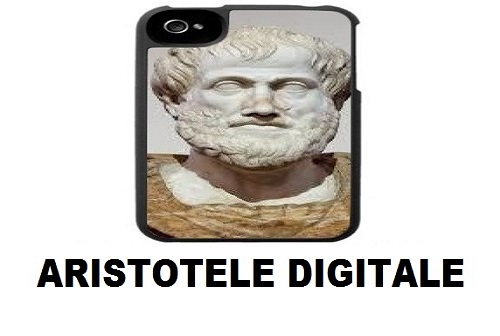These glean in, for and on the digital, in a conceptual, philosophical, social, economic and political key, derived from the belief that everything changes and we all use what has changed without managing to change us (that is to think otherwise). This is the problem of digital: what resists us.
We are deeply convinced that there is a constitutive difference between natural and artificial. With concern, obviously, given that we think of ourselves as producers of the artificial (made with the limbs). At the same time, we are very proud to be part of nature.
Since its origins, philosophy has warned us: nature has the causes in itself, instead the technique – that is, the artificial – is outside of itself. As to say: in us, in our needs, desires, power, freedom.
However, we really struggle to look in the mirror (in our small talk, in the ways we represent ourselves and that we call art, in philosophies as in science). In any case, we are also nature, even when we make artifices.
An old contradiction that religions have often tried to mediate. On the other hand, at the end of the seventeenth century we have established a clear distinction between natural and artificial beauty, between nature and artistic making and therefore between nature and us. Fantastic, brilliant! And we’re still there and we’re not going out. On the contrary, we continue to go to museums to convince ourselves that yes, we are something else from nature, but inevitably we must submit it, that is, make it artistic, made for us and with our senses-arts-senses.
The question, then, is no longer, as in Kant and Hegel’s talks, the difference (or the primacy) between the beautiful of nature and the artistic (or artificial) beauty. It is what we are knowing that it is hard, disturbing, unsolvable to stay on one side or the other. Unless you think, as I am thinking right now, in the timeless digital age there is no difference between natural and artificial.
With a phrase that I will be forced to return to, every technology is biology and every biology is technology. Alternatively, the natural must be thought-acted as an artifice and the artifice must be thought-acted as nature … Then we can find all the differences that most suit us. We are in our time and space, digital is not! Even if it is in us, with us, for us; even if it is up to us to govern it. Perhaps.








